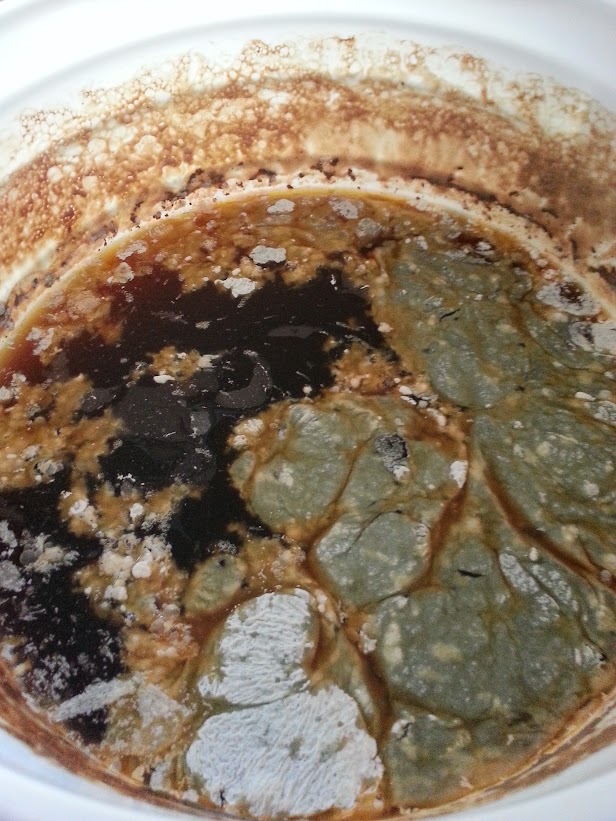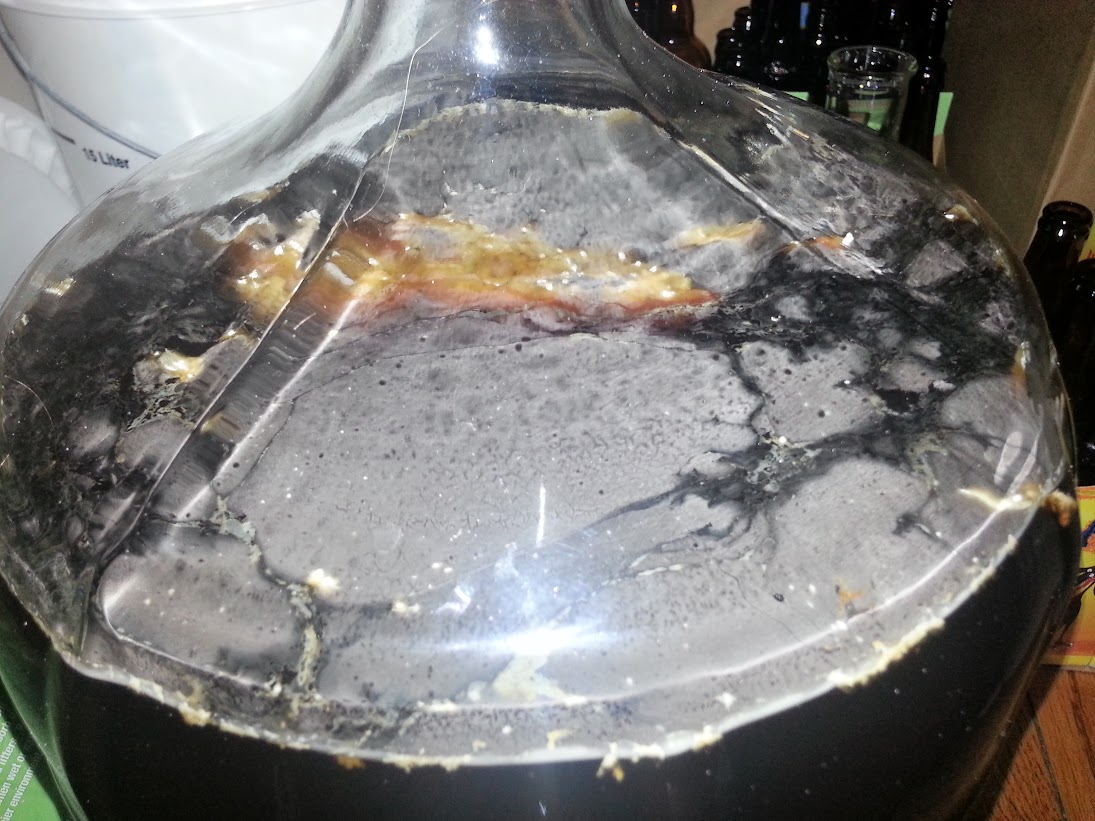Anyone know if this blend is designed to be pitched in primary and then left on the lees (like Roselare) or if one would get better results pitching a clean yeast first and then using 665 to sour? My other thought was to pitch a vial of 665 alone with one vial of clean yeast to ensure that I get enough Sacc to ferment the beer down before the microbes take hold.
While the blend doesn't seem to have enough Sacc, since it contains Brett strains, my thought is that Brett would take over for Sacc and act as the dominant or a codominant yeast in the fermentation. Is this just crazy or should I RDWHAHB?
Planned beer is a Flanders Red (OG 1.052, mash temp 154) - any input on the recipe would be great as well.
Recipe:
4# Belgian Pils
2# Munich
2# Vienna
1# Wheat
8 oz Special B
8 oz 60L
0.75 oz EKG at 60 min (13 IBU).
Thanks!
While the blend doesn't seem to have enough Sacc, since it contains Brett strains, my thought is that Brett would take over for Sacc and act as the dominant or a codominant yeast in the fermentation. Is this just crazy or should I RDWHAHB?
Planned beer is a Flanders Red (OG 1.052, mash temp 154) - any input on the recipe would be great as well.
Recipe:
4# Belgian Pils
2# Munich
2# Vienna
1# Wheat
8 oz Special B
8 oz 60L
0.75 oz EKG at 60 min (13 IBU).
Thanks!




